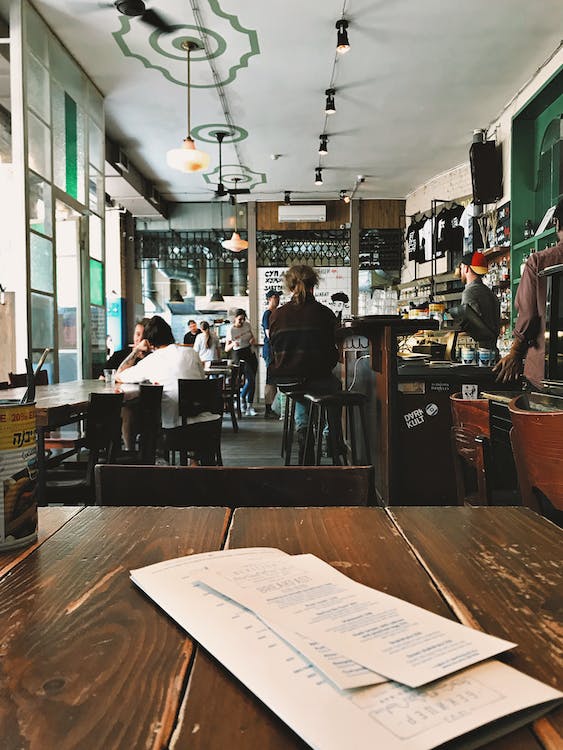In a restaurant setting, servers are high-performing triple threats. They’re the face of the business, primary purveyors of hospitality, and salespeople in charge of territories just a few tables wide. Ideally, it’s your servers who encourage customers to spend more via upsells and an overall sense of comfort.
A guest wants wine? Your server can make that pricier pinot seem well worth the expenditure. They’re waffling between Wagyu and the regular prime ribeye? Just wait until the server lays out the backstory behind that imported beef.
But it’s not always easy for servers to sell. Far too often, lack of time, menu education, and/or confidence creates a situation that leaves money on the table (far away from your bank account, where it belongs). Using psychology to create a smart menu design can help pick up the slack.
Play on Emotions and Create Sensory Experiences
Comfort food is popular for a reason. Menus peppered with nostalgic words like “homestyle” trigger the part of consumers’ brains that makes them think of their mama’s macaroni and cheese. The same goes for sensory words that enliven a dish’s description. Which sounds better: “Duck Breast” or “Crispy-Skinned Duck Breast with Sticky-Sweet Berry Glaze”?
Even naming a dish after a family member — “Aunt Lydia’s Lemony Linguini” — can help stoke the right mix of sentiment and a longing for tasty homemade grub.
Reassess Menu Structure
Studies show that consumers are more likely to remember the first item on a menu than the last one, thanks to the power of (and emphasis on) long-term memory. They also spend less than two minutes perusing before deciding what to order. Put those facts together, and it’s crucial to list high-profit items at the top of your menu and lower-profit items at the bottom.
There’s also the “Golden Triangle” to consider. This popular menu design trick follows diners’ natural tendency to view menus by first looking one-third of the way down the page, then to the upper right-hand corner, and finally across to the left. Increasing prices on popular items and placing them in that Golden Triangle could generate more revenue and pad your bottom line just by taking advantage of existing consumer behavioral patterns.
Use Eye Magnets
Draw diners’ eyes to the dishes you want them to order using eye magnets:
- Color
- Large or unique fonts
- Photos and illustrations
- Negative space
- Call-out boxes
These design devices act like bolding a bit of text — the eye is immediately drawn in. The key is to use them sparingly to retain the impact and avoid creating a menu that looks like the inside of a circus tent.
Ditch the Dollar Signs
Studies show that menus featuring prices with numerals only (no dollar signs) inspire the largest guest checks. Removing those signs cuts the connection between what consumers are reading and how they perceive it will affect their bank account. Spelling out the price — “twelve dollars” vs. “12” or “$12” — works too.
Lead Off With a Large Number
One psychological trick that works across a number of industries, hospitality included, is to include one uber-expensive item so everything else listed seems like a comparative steal. A surf-and-turf combo for $120 makes the grass-fed filet mignon at $60 even more appealing.
The same goes for individual sections: Start off soups and salads with a pricey lobster bisque and blackened salmon Caesar and it’ll be easier to score incremental sales with more affordable garden salads and Italian wedding soup. Those “low-end” dishes tend to have lower food costs and higher profit margins.
Remember, menus don’t replace servers; they empower them. Use a menu as a visual aid, an outline to guide a tableside spiel, or a prompt on days when the dinner rush threatens to drown out your ability to think. By combining strategic menu design with ongoing server education, you give your business the best possible chance at maximizing each guest check without ever making a customer feel pressured. For more ideas on how to use psychology to increase profits, check out the accompanying infographic.
Infographic provided by
Restohub


